On my last day in Mumbai, I followed the advice of my local friend and decided to do the slum tour in Dharavi. She said that it was an important part of the city’s life and that many skilled people worked there and had stories to tell.
Which Slum Did I Visit?
I did the tour my friend recommended, with Reality Tours and Travel. I met the tour guide (who was from a slum, but not this one) near a train station. Before we started the tour, he explained to me how it would work. He told me that I was not allowed to take pictures, but that I would receive some professional photos sent by their team after the tour. It seems logical, because it’s not an attraction per se, it’s a city with real people. This is why, apart from the cover photo, none of the pictures were taken in Dharavi. The cover photo was taken by Kanishk Saini, and I found it on Unsplash.
The tour I took lasted 2 hours and a half. It was in the biggest slum of Mumbai and India: Dharavi. I learned afterwards that it is the slum that appears in the movie Slumdog Millionaire.
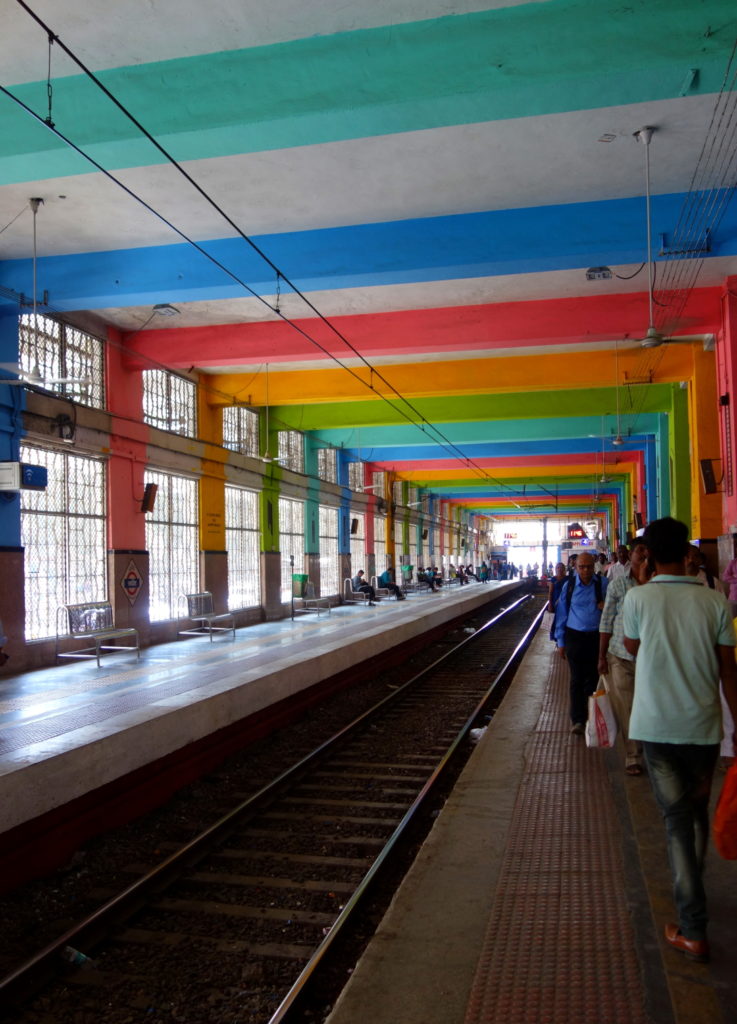
Dharavi Slum: A City Within The City
Dharavi’s slum is very active. It’s divided in 2 parts: the commercial part and the residential part.
In the first one, there are different job sectors: recycling, food production, leather making, clothes dying and production, and pottery. Everybody is working really hard, and they are supplying not only Mumbai, but also India and even some other countries (for the leather, for example).
They have everything in there, it’s like a city within the city. They only lack a cinema and a shopping mall. But they do have schools, a hospital, shops, and restaurants.
Why Was Dharavi Slum Created?
The Dharavi slum was created in 1884. At the time, India was still a British colony. People living in the the peninsular city centre were evicted from their homes and started a new life in Dharavi. Also, at the same time, poor rural Indians migrated to cities like Mumbai.
This is why Dharavi’s population is so diverse. The tour guide told me that, inside the slum, there are many different religions, the main ones being Islam and Hinduism.
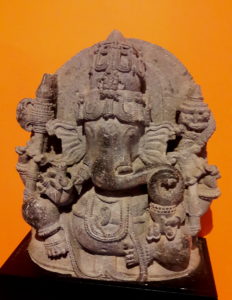
Is It Legal To Live In Dharavi’s Slum?
The tour guide told me that the slum had been legalised. In reality, it is a complicated matter, and any legalization of the slums seems temporary. Mumbai is actually trying to redevelop slums and to move the residents into other buildings. However, there are no guarantees regarding the quality of these rehabilitation buildings. They could become a more discrete type of slums. I tried to know more about this, but couldn’t find any specific information.
For many of the residents, the slum is their city, where they have friends, jobs and habits. However, as the tour guide told me and showed me, they are limited in terms of electricity, water, and space (some housings are really small for several people). These are extremely harsh living conditions.
Dharavi Slum During The Pandemic
I was curious to know how Dharavi was doing this year, because it has a very dense population. From what I read, it did quite well and managed to contain (in a certain measure) the coronavirus thanks to, apparently, an efficient response of the local officials and the active participation of residents.
The slum impressed a lot of people, and you can find a few articles about the subject online. On Twitter, the World Health Organization said “even in Dharavi, a densely packed area in Mumbai, a strong focus on community engagement & the basics of testing, tracing, isolating & treating all those that are sick is key to breaking the chains of transmission & suppressing the virus”.
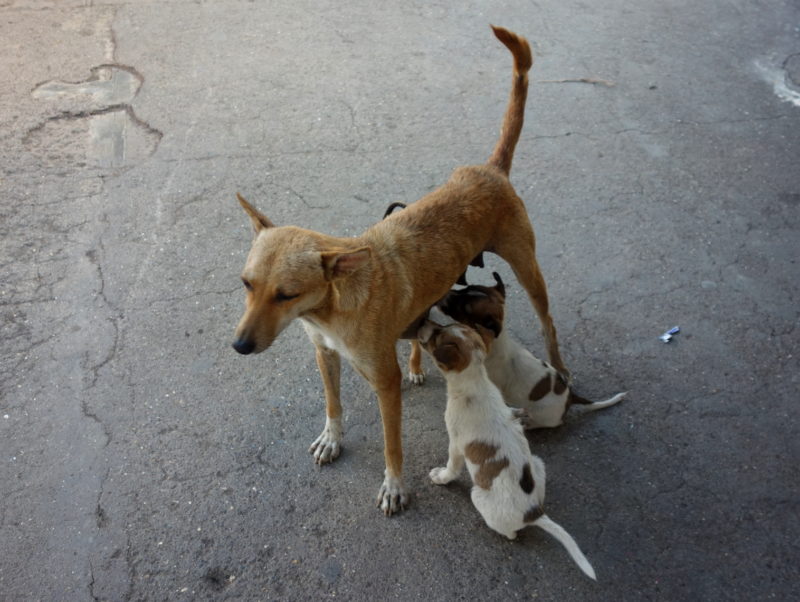
Is Visiting A Slum Morally Right?
I heard a lot of people criticizing this type of tours, saying that it’s treating people like animals in a zoo and making money thanks to poor people. I disagree. The people making the tour are using the money to educate children and offer a better life to the people living in the slums.
Also, you don’t just walk around to look at things like an exhibition or a zoo. You meet the people and they explain to you what they do, how they are the ones recycling everything, how skilled they are and how they produce goods for India, the world and some big brands. You meet humans, you see how strong they are. And sometimes, they offer you to marry one of their sons… Haha, one craftsman was quite shocked to learn that I was 30 and not married.
I often felt quite uncomfortable (but never unsafe) during the tour because of the working conditions (no gloves, no mask with sometimes dangerous materials). Also, because I felt out of place. However, I don’t regret at all visiting the slum. It was very interesting and I think that, as my friend said, it is an important part of Mumbai.
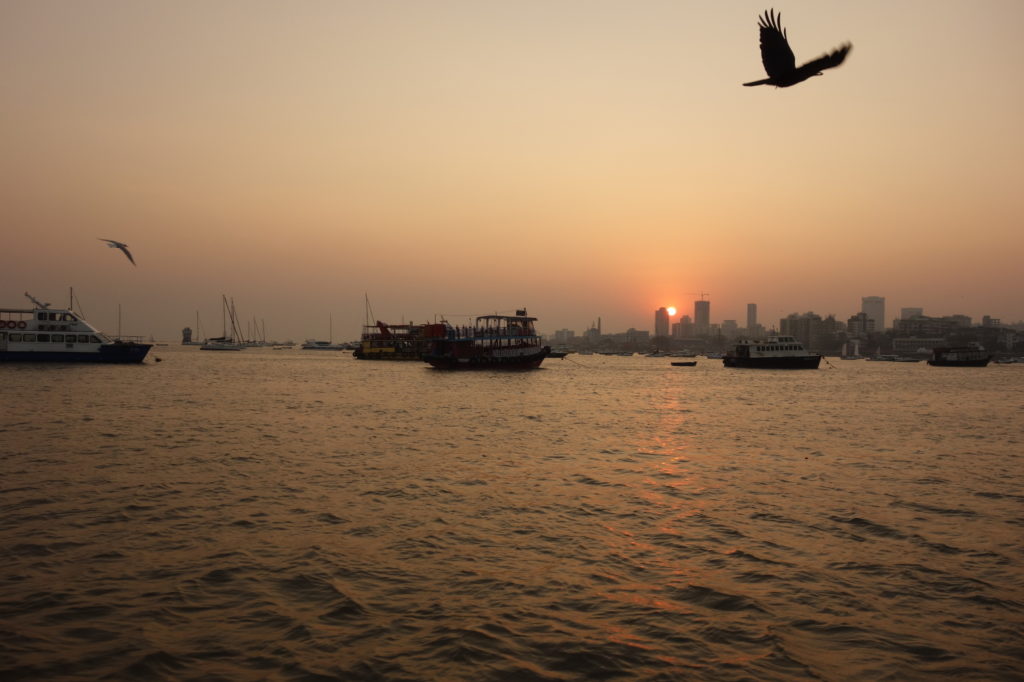
Photos
As I didn’t take any photo during the tour, I used a photo from Unsplash as cover. It was taken by Kanishk Saini.
For the photos inside the article, I used my own photos taken in Mumbai, but not in the slum.
To see more photos of India, you can visit the gallery India.

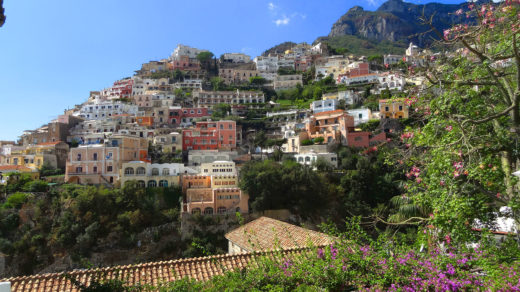
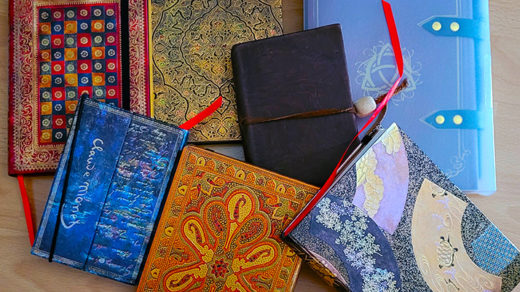
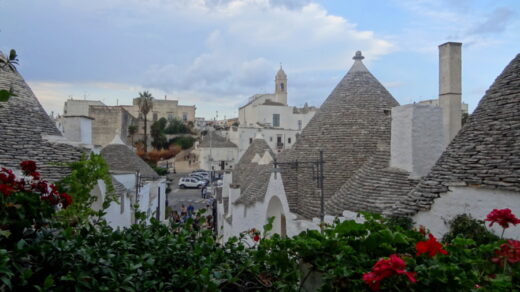
1 Response
[…] we kept in touch. When I did my trip around the world in 2018, she invited me to her place to visit Mumbai. And that’s why I decided to visit […]